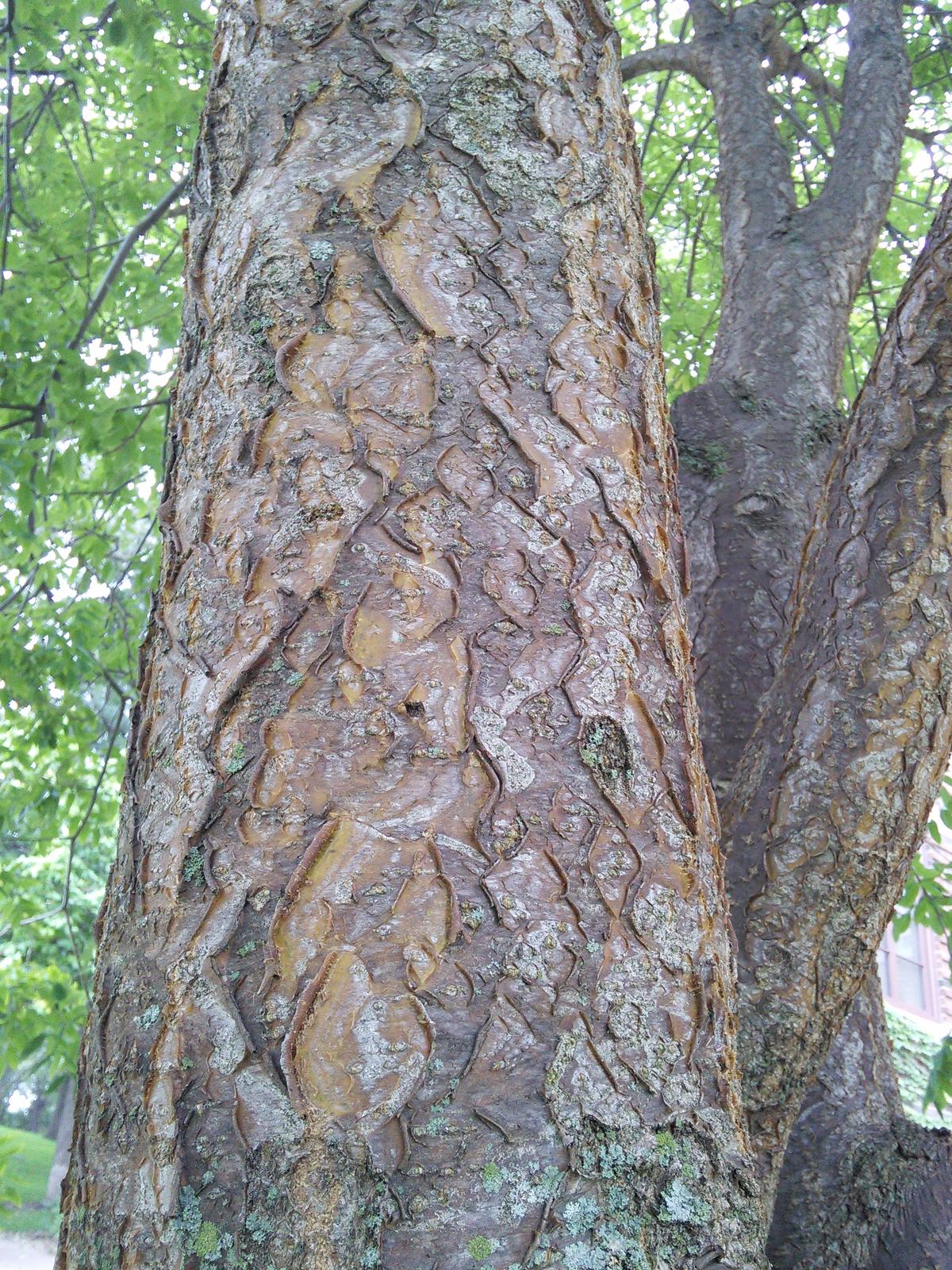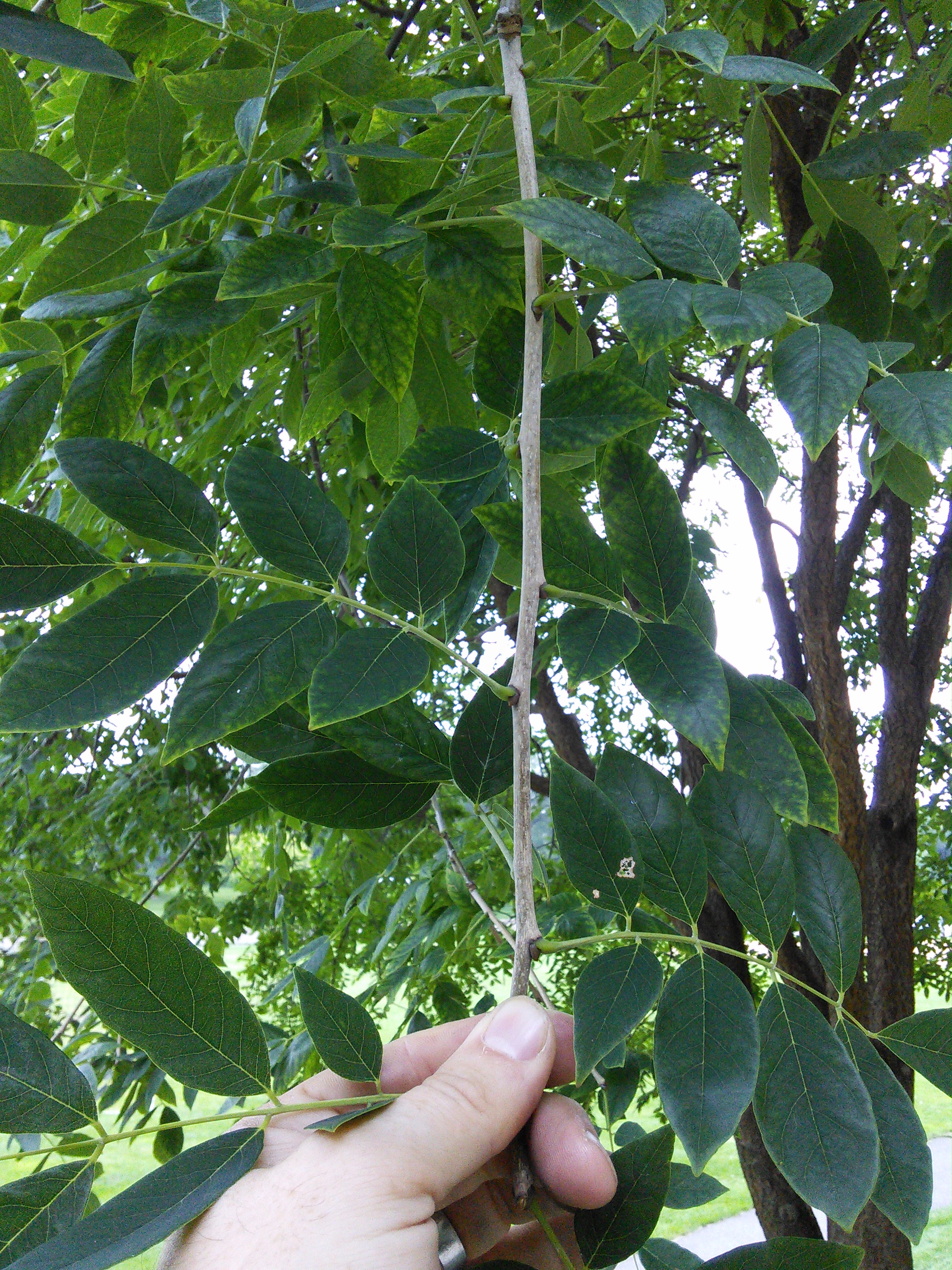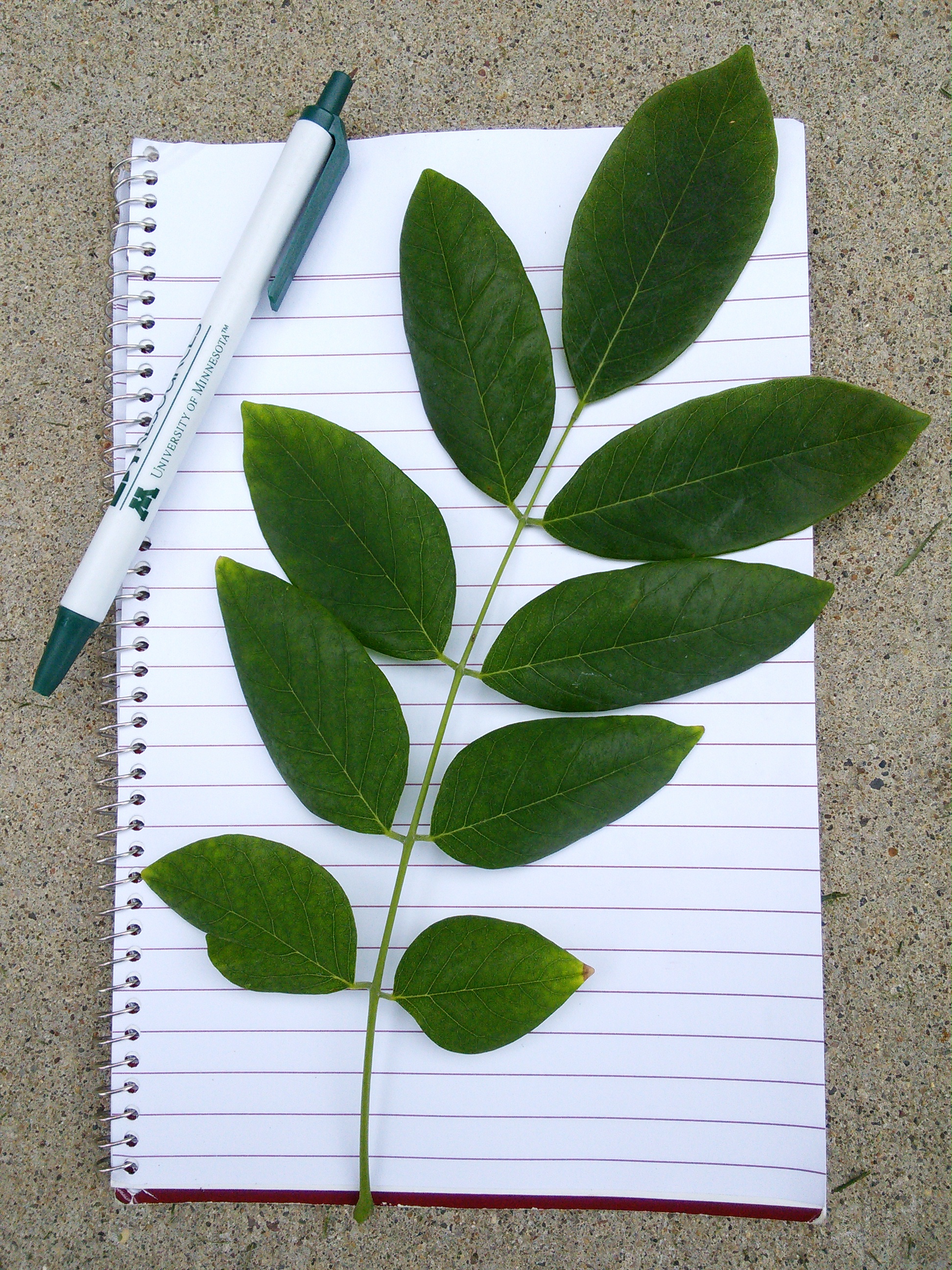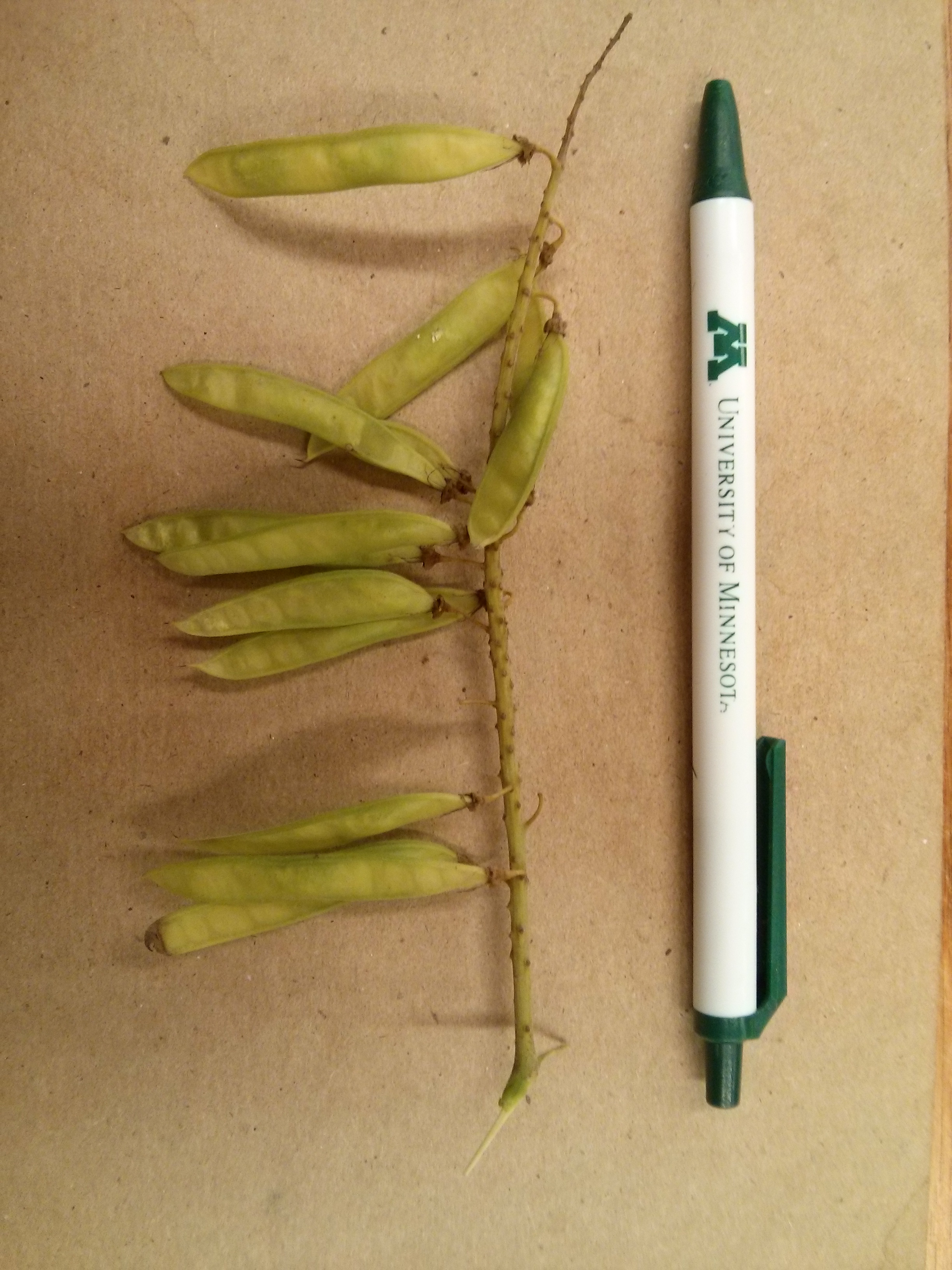Common Name: Amur Maackia
Scientific Name:
Family: Fabaceae
Genus: Maackia
Species: M. amurensis
Hardiness Zone: 3 to 7
Height: 20 to 30 ft
Width: 20 to 30 ft
Common Characteristics:
As suiting a member of the legume family Fabaceae, Amur Maackia has ½” white flowers that resemble those of a pea plant. They grow in long clusters like a bunch of grapes on a structure known as a raceme. The flowers can be seen emerging around mid-July. The buds are smooth and dark brown, and the fruit of the tree is a 2-3” pod. The tree’s pinnately compound leaves are 8-12” long with 1 ½ - 3 ½” dark green, oval, smooth-edged leaflets. The leaves of the tree have a silky pubescence giving it a silvery appearance. The bark of the tree is described by some as “zombie skin” because of its amber color, peeling texture, and green undertones.
Amur Maackia is able to fix nitrogen from the atmosphere through a symbiotic relationship with bacteria from the Bradyrhizobium genus. Nodules form on the tree’s roots where the bacteria have penetrated through the root hairs into the main root. The bacteria benefit by receiving carbohydrates from the tree while the tree is able to utilize the fixed nitrogen in the form of ammonia or ammonium. Tree roots can be inoculated with compatible Bradyrhizobium isolates to ensure that nitrogen-fixing will occur. The ability of this tree to coexist with nitrogen-fixing bacteria may be a factor in its tolerance to harsh conditions.
The species is native to eastern Russia, northeastern China, Japan, and the Korean peninsula. The small to medium-sized tree grows toward 50 feet in height. Amur maackia is planted in urban areas because of its unique appearance and tolerance to both flooding and drought conditions. The wood of the tree is very hard and resistant to rot.
Where it Grows:
Amur maackia prefers moist well-drained soils, but can also grow in acidic and alkaline soils. It can tolerate drought conditions. It does not do well in areas with salt spray, so it's best to plant away from roads and boulevards. Prefers full sun.
How It's Used:
This tree can be found in urban parks and is an excellent shade tree.
Ecosystem Services:
The white flowers attract insect pollinators.
Where it is Native To:
Amur maackia is native to northern China and Korea. Locally, it can be found growing in the 4-8 hardiness zones.
Known Varieties and Their Traits:
MaacNificent® Amur maackia (Maackia amurensis 'JFS-Schichtel1'): A more cold-hardy cultivar (zone 3) with a vase-shaped habit and yellow fall color. Grows 30 feet high and 20 feet wide.
Summertime™ Amur maackia (Maackia amurensis 'Summertime'): Another more cold-hardy cultivar (zone 3) introduced by the University of Minnesota. A round form, growing 15 to 20 feet high and 12 to 15 feet wide.
References:
Geisler, C. & Jarvis D. (2011) Effective glycoanalysis with Maackia amurensis lectins requires a clear understanding of their binding specificities. Glycobiology, Vol. 21 no. 8 pg 988-993, 2011.
Giridhar J., Pai B., Graves R. (1995) Influence of Inoculant Form and Applied Nitrogen on Growth and Root Nodulation of Maackia amurensis. Journal of Environmental Horticulture 13(1): 40-42
Meyer P. (2010) Amur Maackia Maackia amurensis. Arnoldia Vol. 68 Number 2



